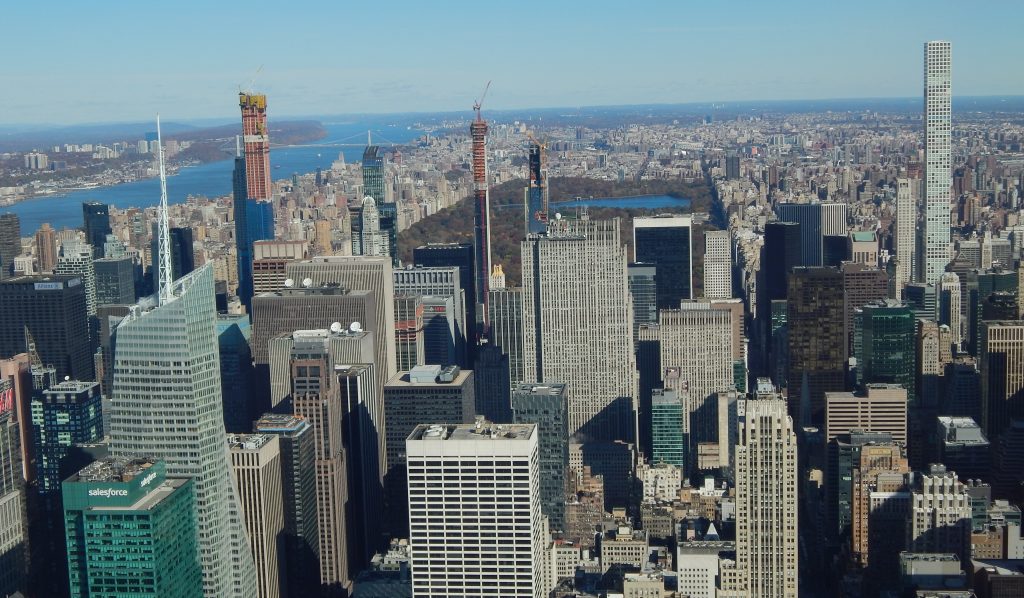
Imagine everything you know about the safety of your workspace suddenly changed in a matter of minutes. That is what occurred Monday evening at 345 Park Avenue, a Midtown Manhattan skyscraper at the center of the city’s business district, when a solitary gunman disrupted the evening post-work tranquility with a rampage of gunfire.
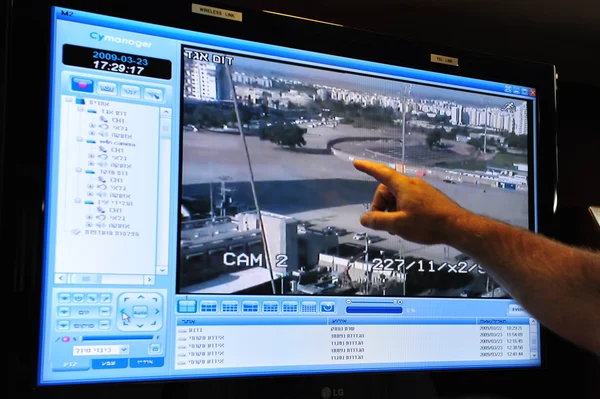
1. The Calculated Shooter’s Tactics
The terror started at approximately 6:30 p.m. Security cameras caught a man wearing a bulletproof vest, rifle draped over his shoulder, striding through the entrance plaza. No impulsive shoot: the shooter, Shane D. Tamura, 27, had come from Las Vegas by car and had only arrived in New York a few hours before. As NYPD Commissioner Jessica Tisch chronicled, Tamura left a black BMW with a rifle and entered the lobby and then opened fire on an NYPD officer who was serving security detail. There was a “barrage of shots,” the sound unmistakable “an automatic weapon, like a high-capacity weapon.” Three others were struck within seconds, including a woman who had ducked behind a pillar and a security guard standing at his post.
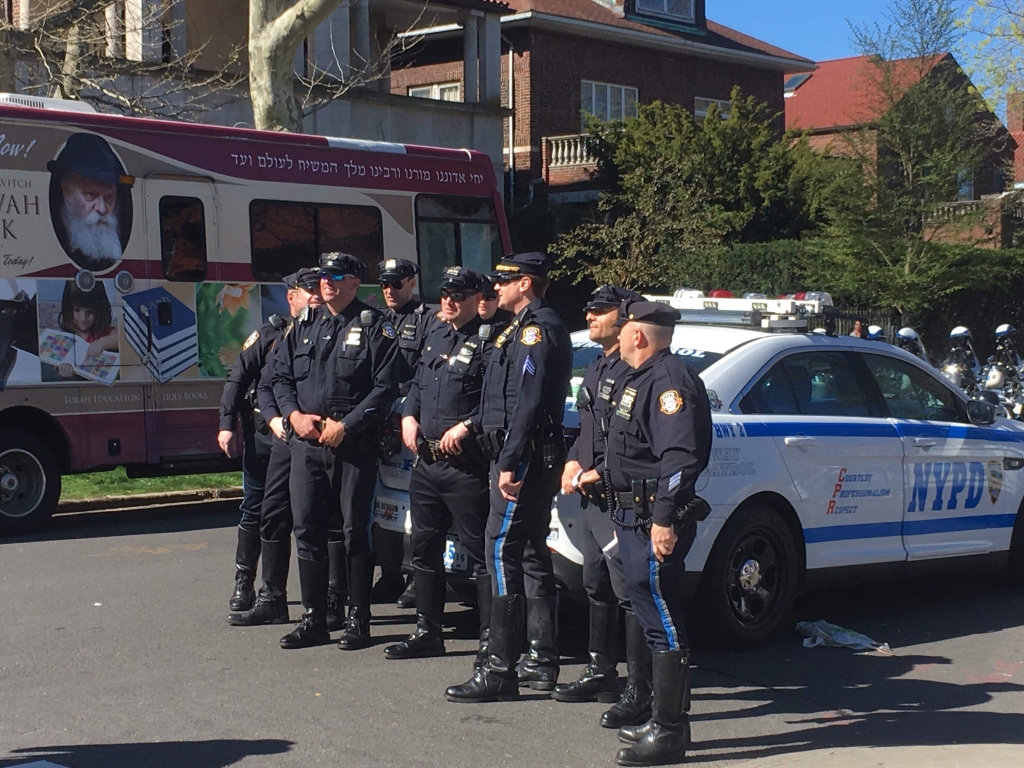
2. Emergency Response and Level 3 Mobilization
When. At 6:28 p.m., when the initial 911 calls were being made, the NYPD activated a Level 3 Mobilization, a low-frequency, high-priority mobilization that dispatches a burst of officers and emergency vehicles to the scene. The department quickly went to advisories, warning. All to avoid East 52nd Street between Park and Lexington.
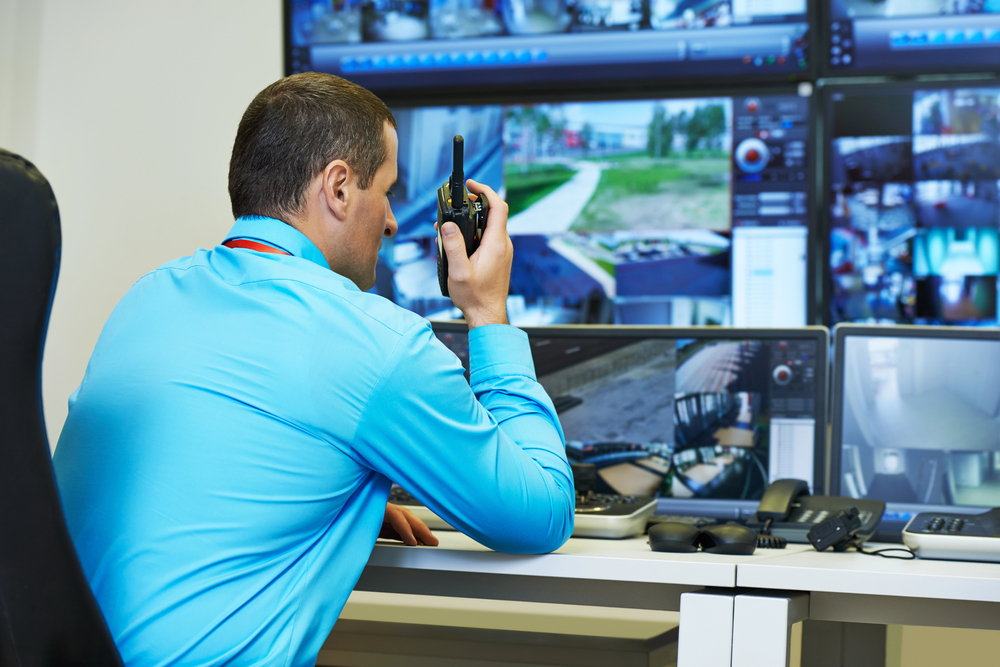
The advanced security system in the building had detected the gunman as a potential threat seconds before the attack, confirming the hair-thin line between detection and tragedy. “You can’t automate this away,” Safe Havens International executive director Michael Dorn stated. “The threat continues to have to be relayed to the occupants of the building in real time by the security personnel.” Human response is still at the forefront despite the latest surveillance technology.

3. Inside the Building: Evacuation and Disruption
The gunman strode with purpose, permitting one woman to go unpunished ahead of him before taking the elevator up to the 33rd floor. There, he started shooting at employees in the Blackstone, Rudin Management, and other tenants’ offices. Some ran into bathrooms designed as bulletproof safe rooms, a measure Mayor Eric Adams said probably saved lives. For others, chaos erupted as alarms sounded and emergency procedures kicked in. “Most active shooter situations last around five minutes,” says Steven Crimando, president of Behavioral Science Applications. “Organizations need to already have equipment and policies in place to react as quickly as possible within that brief time frame.” Clear, timely communication and evacuation route practice are paramount.

4. Corporate Security: Lessons and Immediate Changes
The response was immediate and widespread. Security companies said they were inundated with calls from clients asking how to avoid such catastrophes. “It’s very resource-heavy, alarms to alert people, training to identify it, physical security components such as locks to secure facilities and keep an individual from having unrestricted flow access through a facility,” said Matthew Dumpert of Kroll. A few Midtown businesses beefed up security, installing guards and redoing procedures.

5. The Human Cost: Psychological Harm to Staff
For the occupant of 345 Park Avenue as well as the community, the trauma persists. Studies indicate work violence exposure can result in PTSD rates of up to 41% in some populations following a traumatic event. In the immediate term, feelings run high fear, confusion, and mourning are all to be expected. “Most employees will bounce back in due course,” says a systematic review by University College London, “but support is appreciated by staff.” There’s no magic bullet in general, but there are some things organizations can do, such as opening up access to counseling, employee assistance programs, and an active monitoring phase rather than compulsory group debriefs.
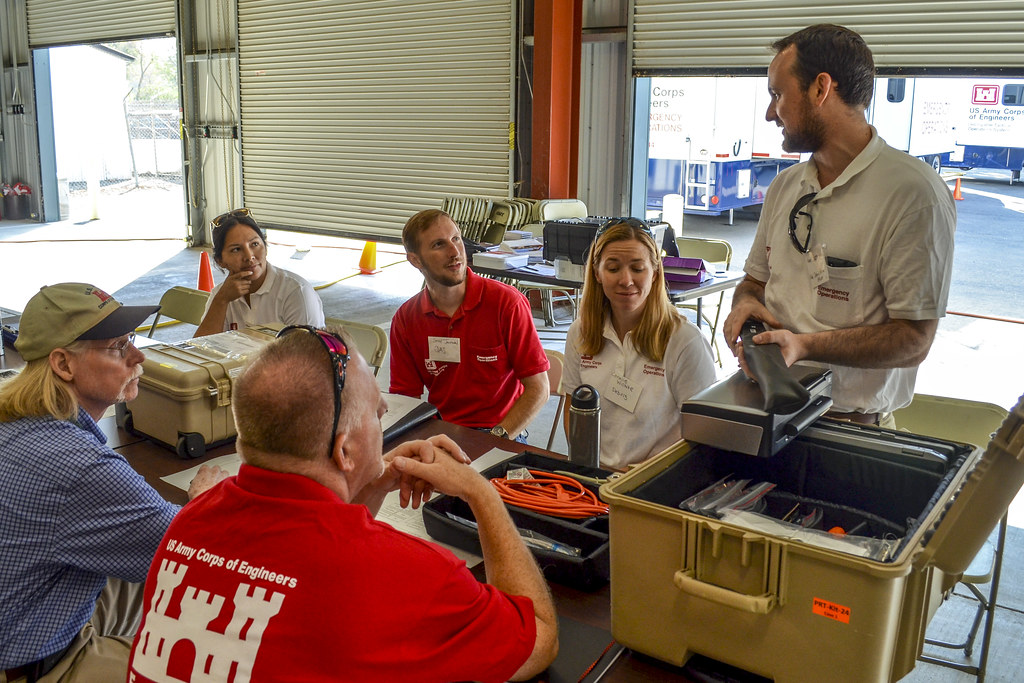
6. Resilience Building: Training and Readiness
If there is any silver lining, it’s the increased emphasis on readiness. Daily active shooter drills, public open emergency plans, and strong communication infrastructure are no longer optional for skyscraper offices. “Automating at least some portion of your communications plan will do that,” says Everbridge’s Annie Asrari. “Just push an activation button and send all of these alerts out to the proper stakeholders in order to have safe collaboration channels.” Several ways to give an alert, phone, SMS, computer, and PA systems make sure everyone gets it.

7. Standing Together for One Another and Moving On
The Midtown shooting brought home in a painful way that even the safest communities are not immune from tragedy. But the quick response by emergency responders, the courage by employees, and the showing of solidarity demonstrate community resilience. “He was a Bangladeshi immigrant, and he loved this city,” Mayor Adams said of Officer Didarul Islam, who was killed saving others. “He represents what this city is all about.” The acts of heroism and kindness give hope in the midst of tragedy.

When the front-page headlines disappear from view, the lessons remain: preparation saves lives, support heals, and any organization can do something big and small to create a safer, more resilient workplace.


